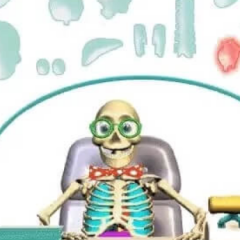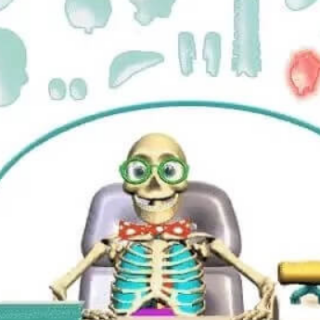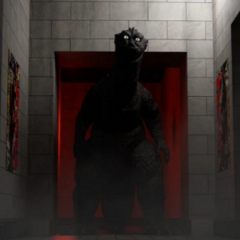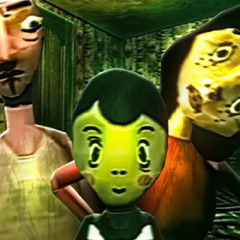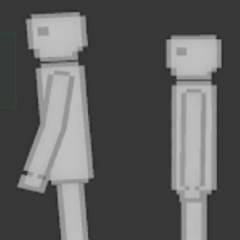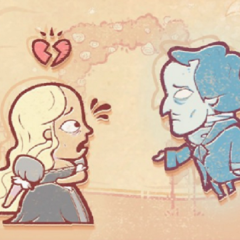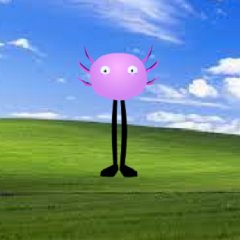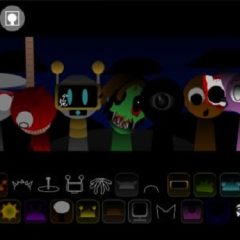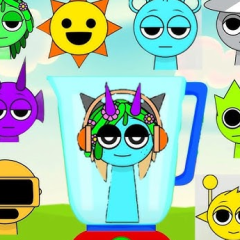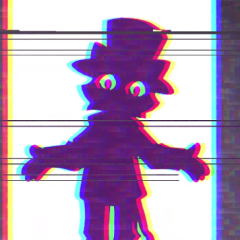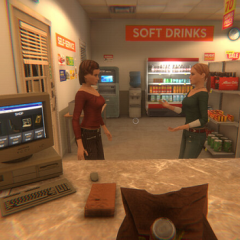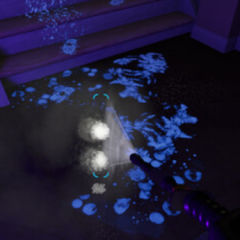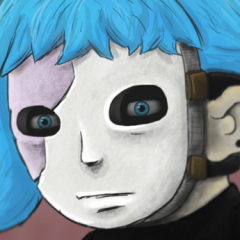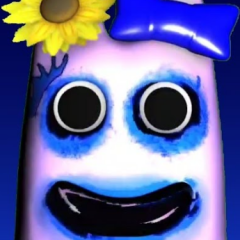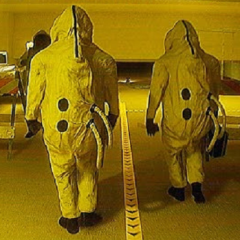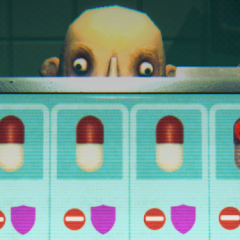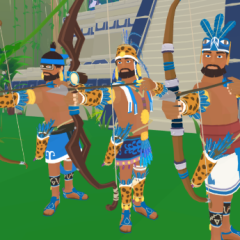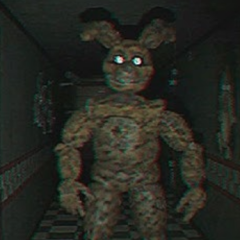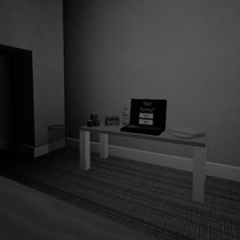My Amazing Human Body Horror presents itself as a learning game, offering interactive lessons about anatomy, organ functions, and bodily systems. At first, players engage with content through mini-games and clickable diagrams, exploring the nervous system, muscles, digestion, and more. The visuals are colorful and cartoon-like, resembling classic educational titles aimed at children. Each module features voiceovers, quizzes, and drag-and-drop tasks designed to teach biological facts in an engaging, simplified way.
Progressive Corruption and Distortion
As the player advances through lessons, the game begins to behave unpredictably. Audio clips stutter or play backwards, visuals shift unnaturally, and once-friendly voiceovers speak in a colder tone. Educational diagrams are replaced by exaggerated or mutated versions of organs, with incorrect labels and distorted animations. Tasks become harder to complete due to interface glitches or instructions that contradict previous lessons. This transformation gradually turns the educational tone into something more sinister, blurring the line between informative content and psychological discomfort.
Underlying Themes and Meta Interaction
Eventually, My Amazing Human Body Horror reveals a deeper layer through files, hidden messages, and self-referential elements that question the purpose of the game itself. What was once a guide to understanding the body becomes a surreal exploration of control, mutation, and inner awareness. The player is prompted to reconsider their role—not as a student, but as part of the system being dissected. The game turns educational structure into narrative tension, using corrupted instruction as a method of storytelling that reframes biology through horror and disorientation.

